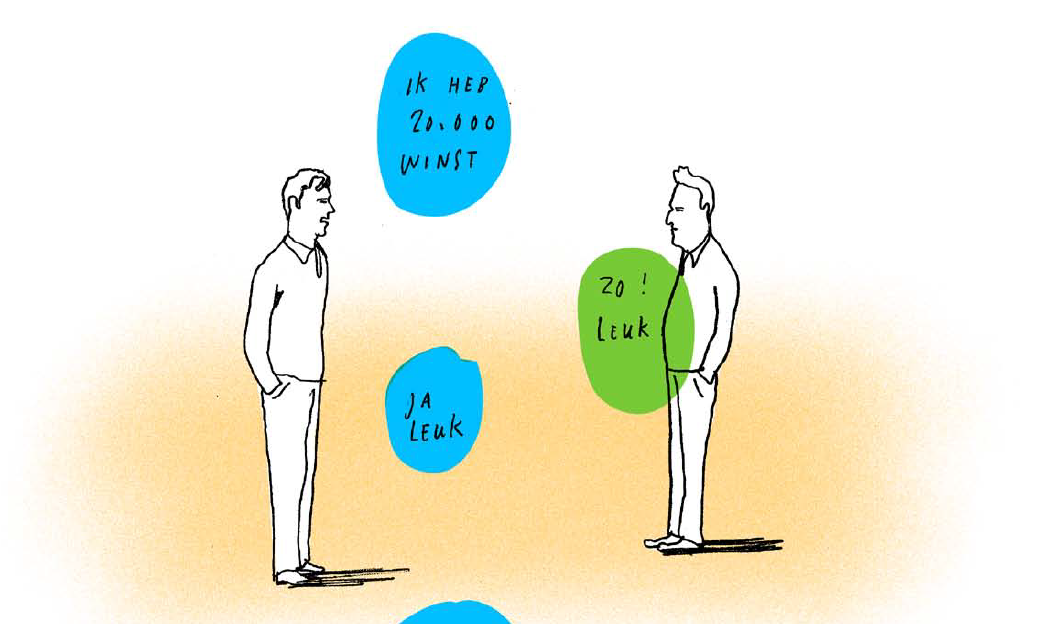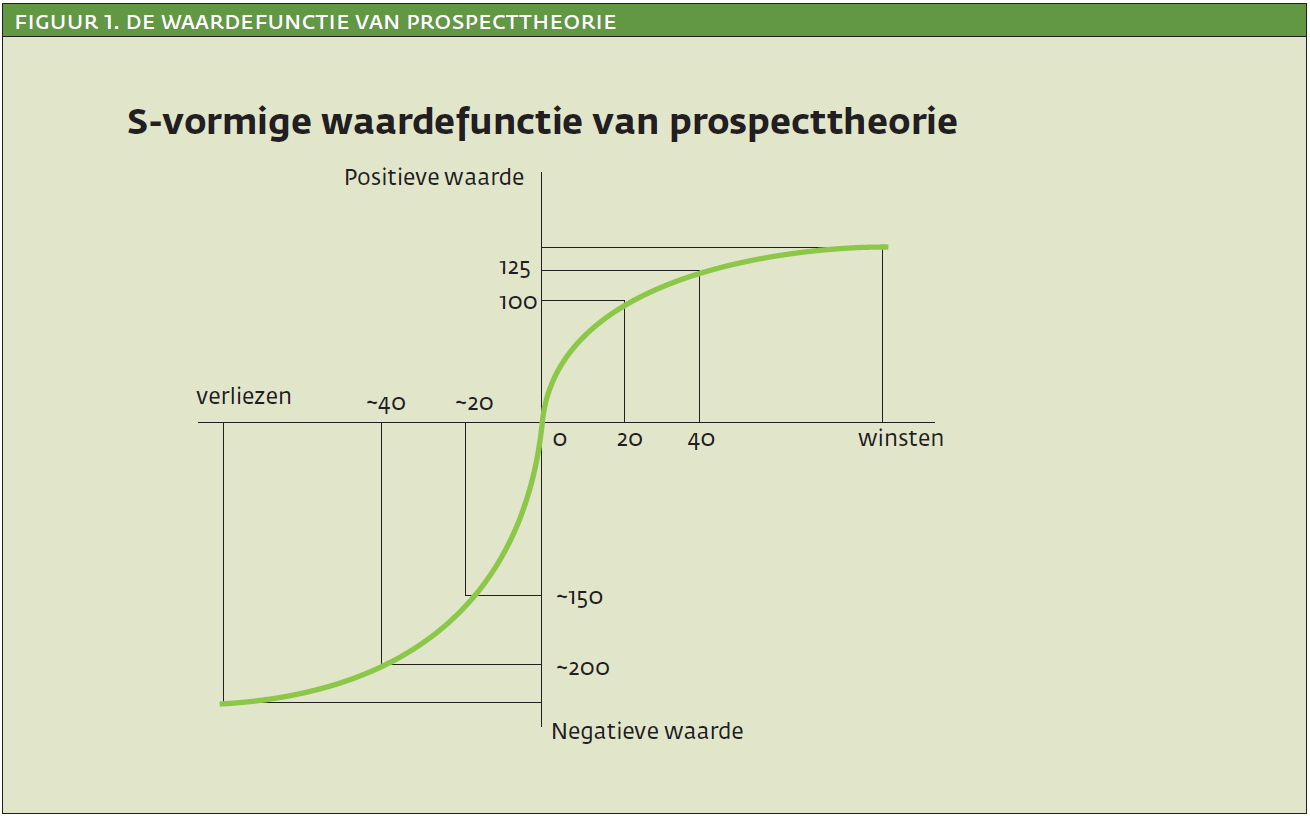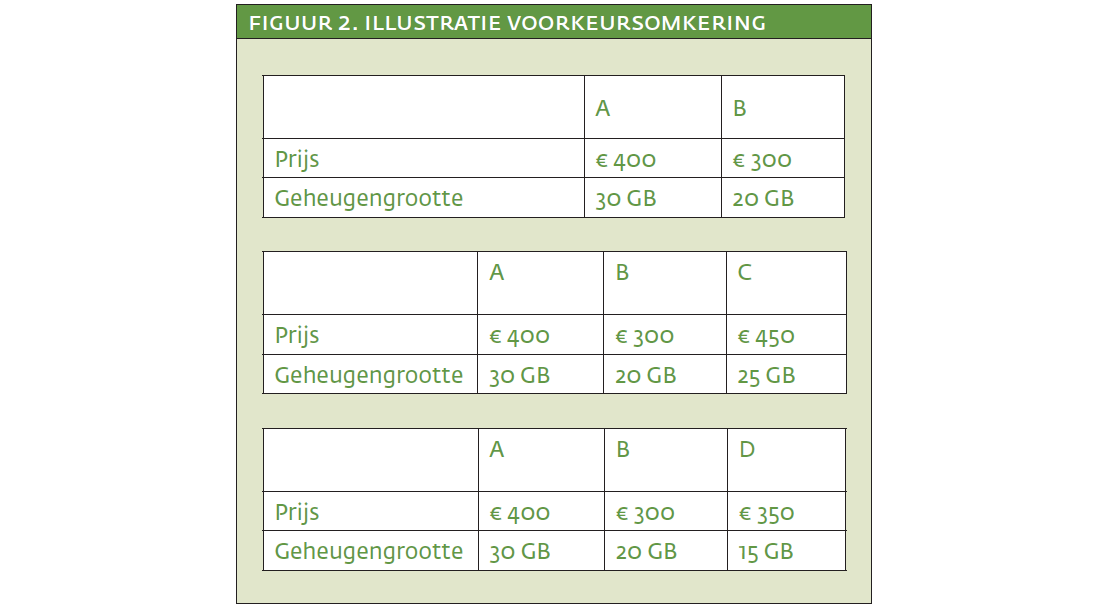Korte economische geschiedenis
De economie heeft zich eerder dan de psychologie ontwikkeld als een wetenschap. Oude economen zoals Adam Smith (1759, 1776)2829 gingen uit van een brede basis waarin ook psychologische en sociologische factoren voorkwamen. Aan het einde van de negentiende eeuw begint de economie zich als aparte wetenschap te ontwikkelen, los van de filosofie en humaniora, en ontstond er een duidelijk onderscheid tussen economie en psychologie. De basis van de micro-economie is toen gelegd met enkele aannamen over het economisch gedrag van consumenten, ondernemers en beleggers. Deze aannamen omvatten rationaliteit, nutsmaximalisatie, stabiele voorkeuren, volledige geïnformeerdheid en de bekwaamheid deze informatie te gebruiken om het ‘beste’ alternatief te kiezen. Kortom, op deze ‘homo economicus’ was een normatieve theorie gebaseerd van het optimale economische gedrag en niet een beschrijvende theorie van het ‘werkelijke’ economische gedrag (Katona, 1953; zie ook Van Raaij (1985)20 voor een uitgebreid historisch overzicht)11.
Fisher (1892)4 betoogde dat economie zich





